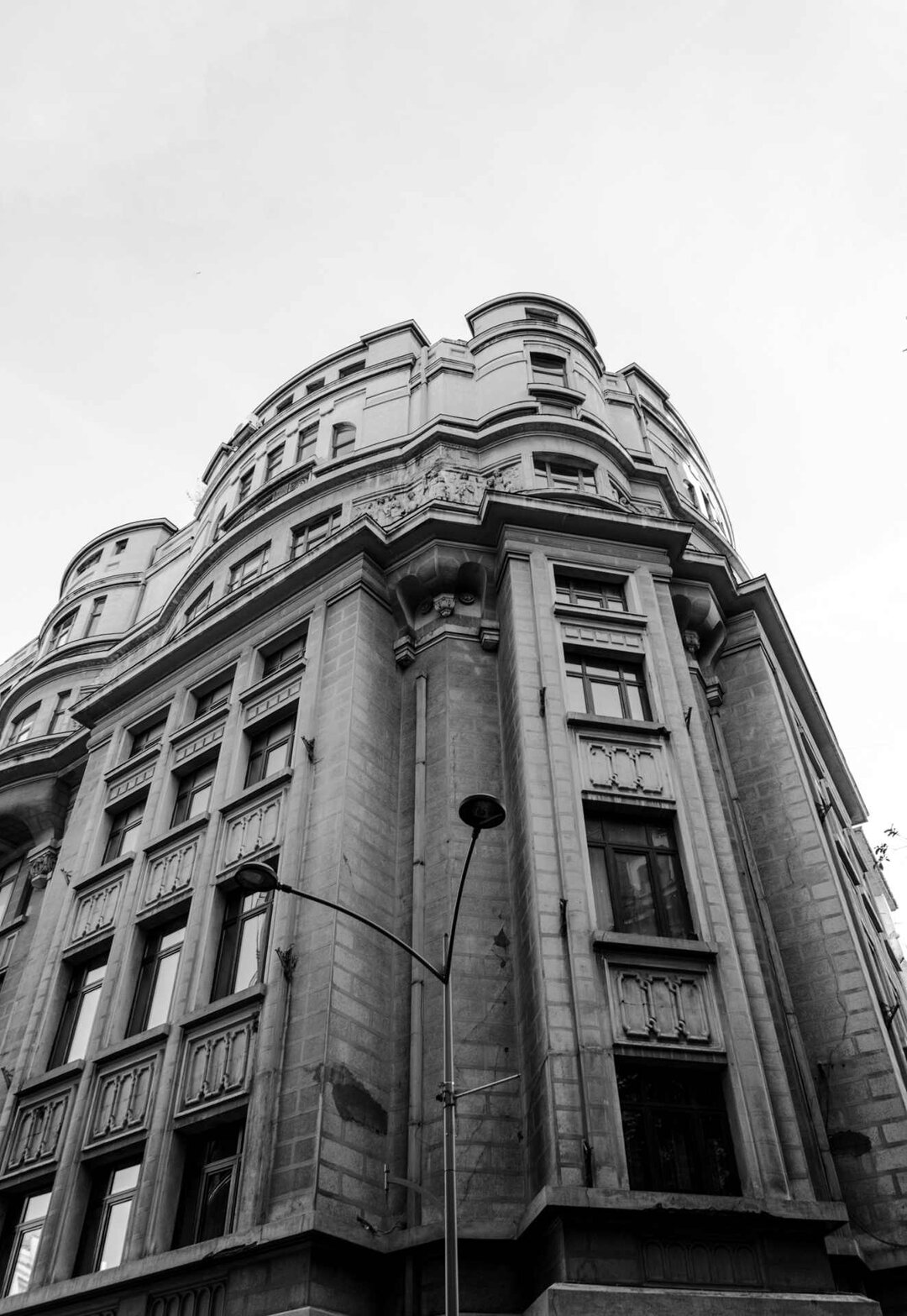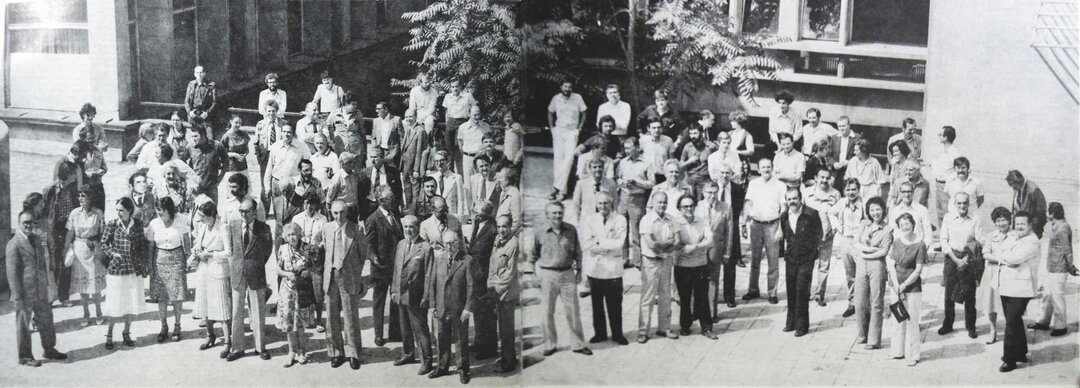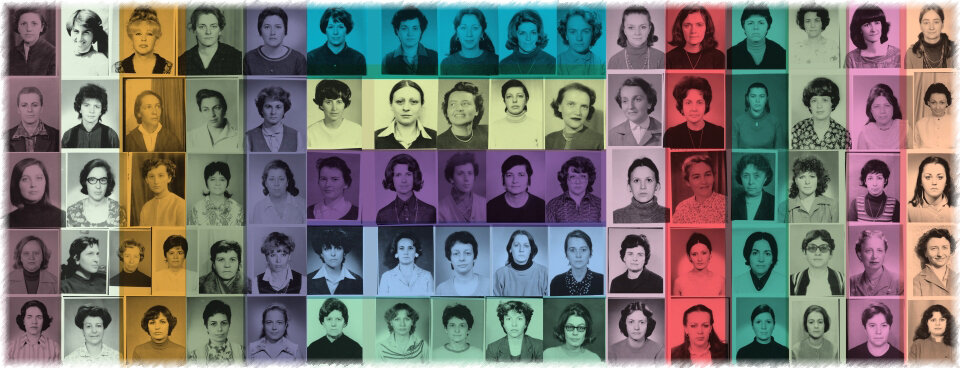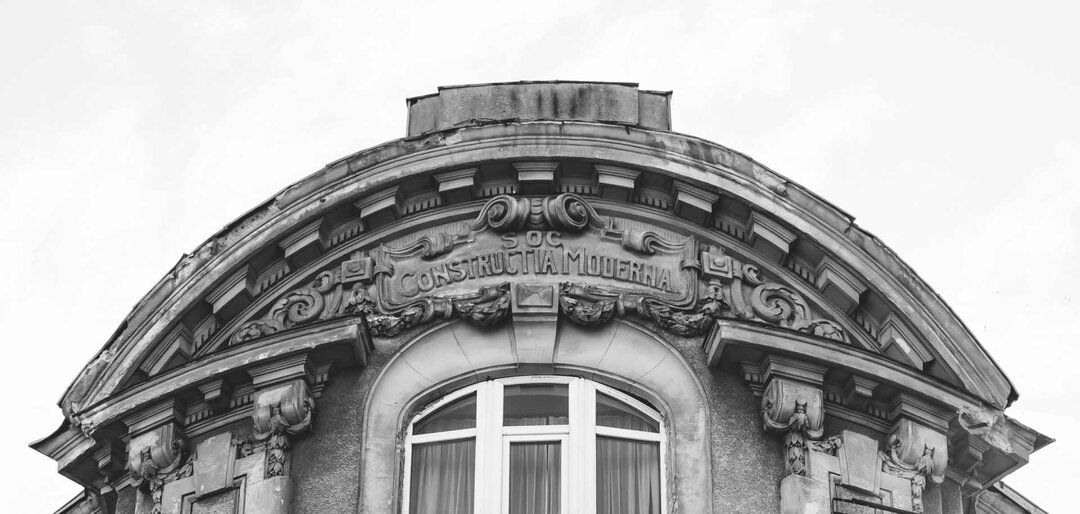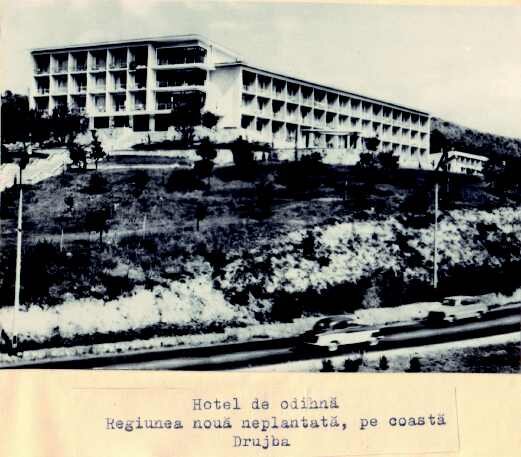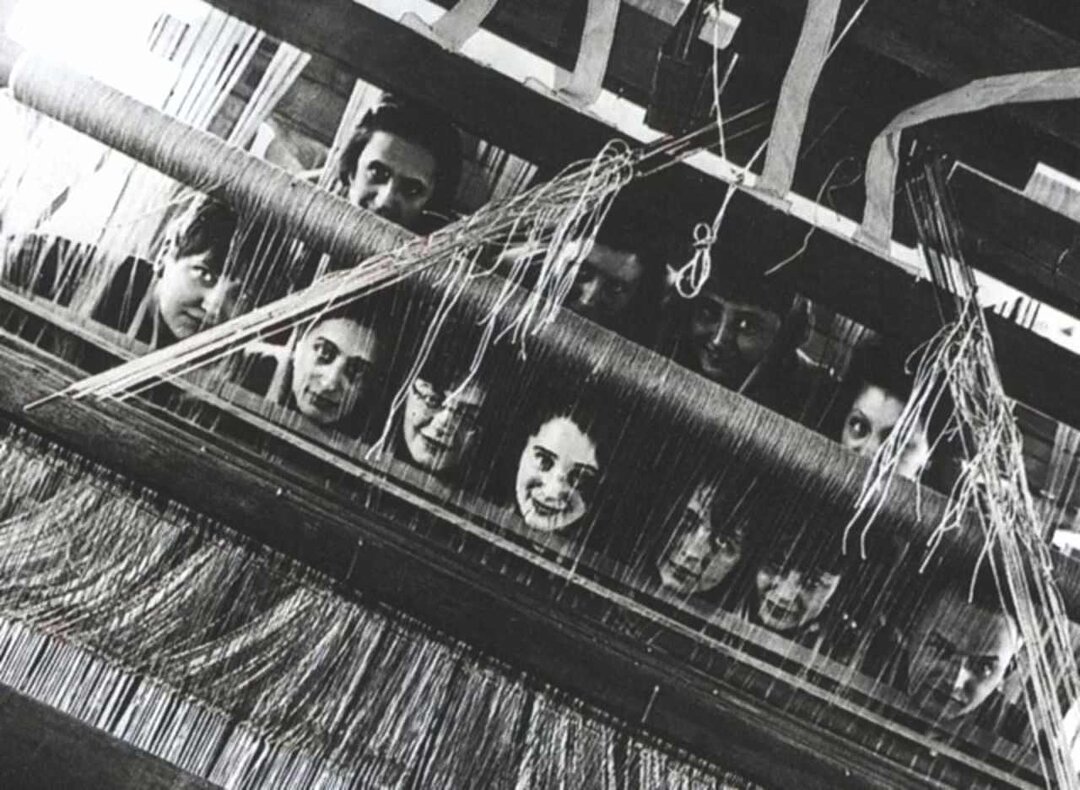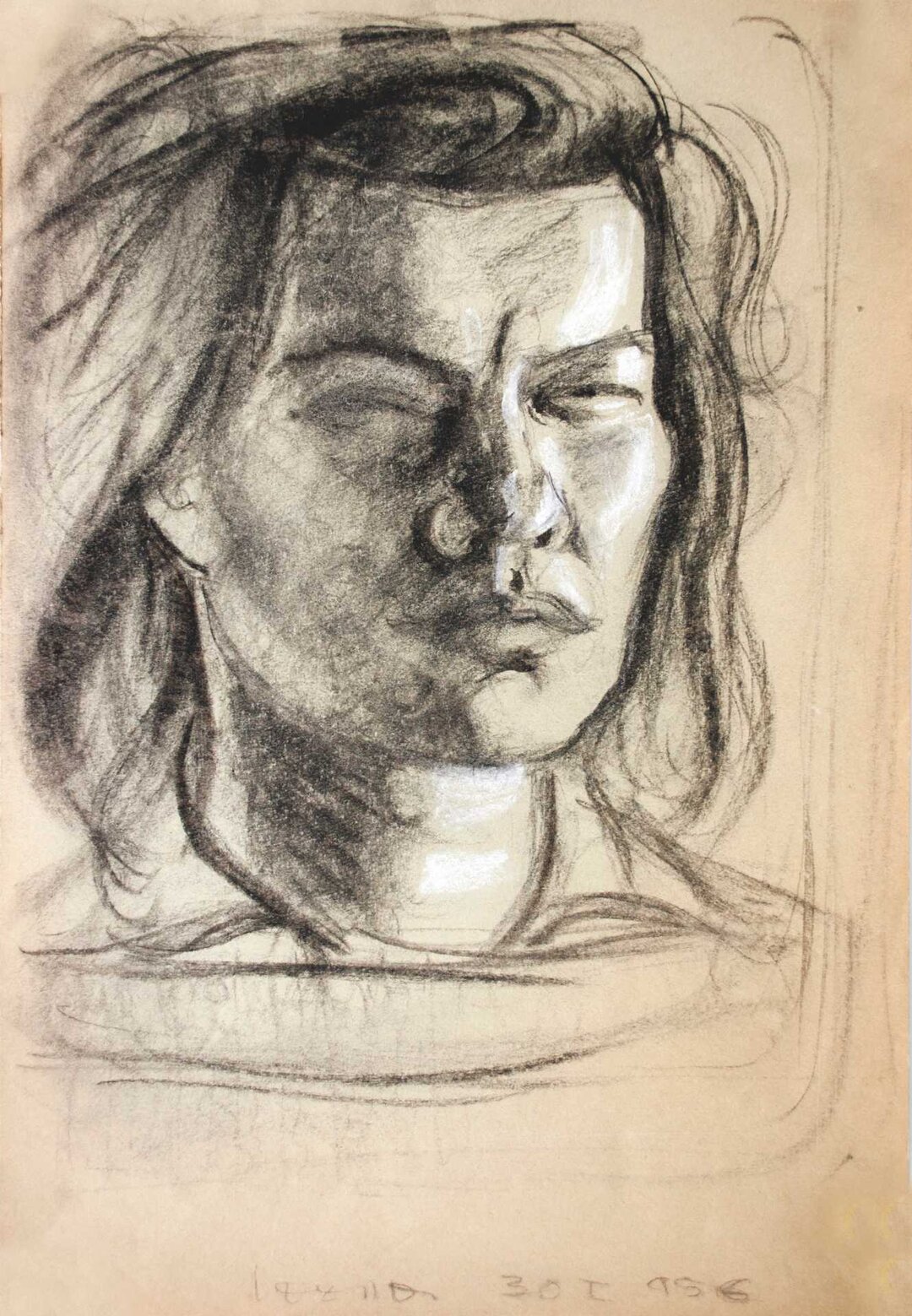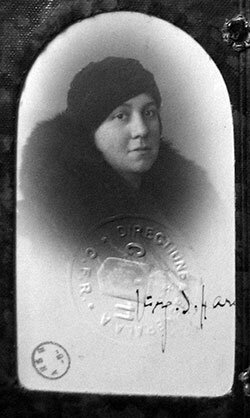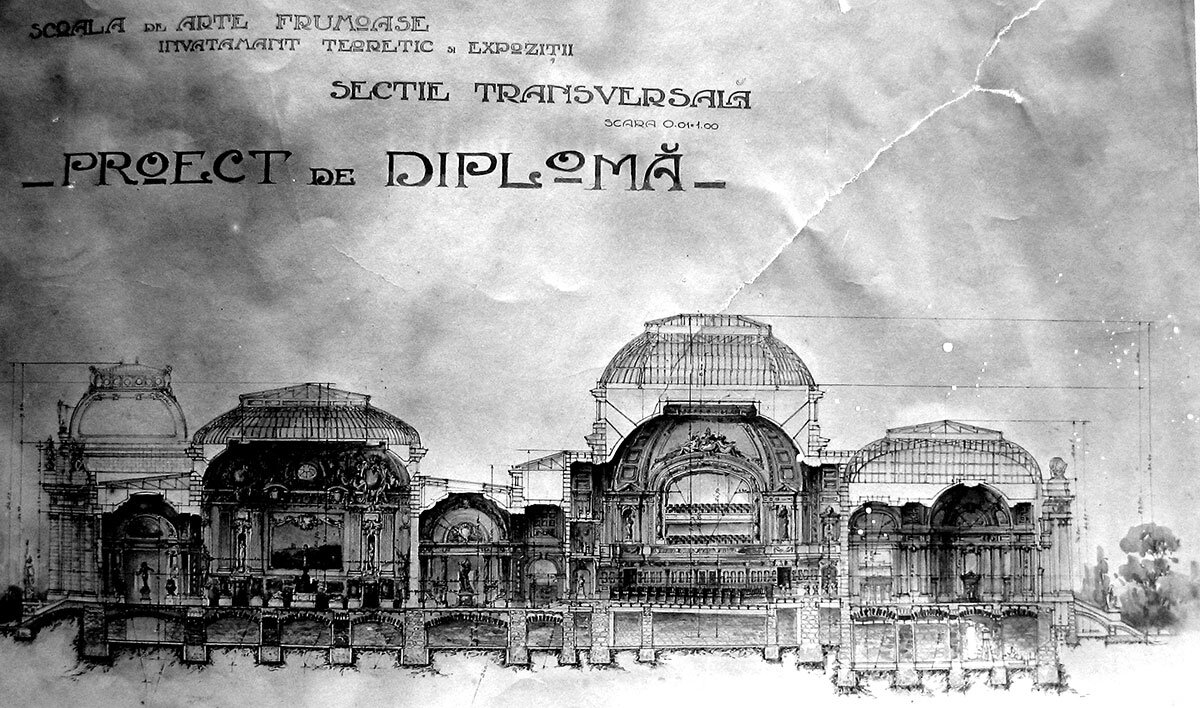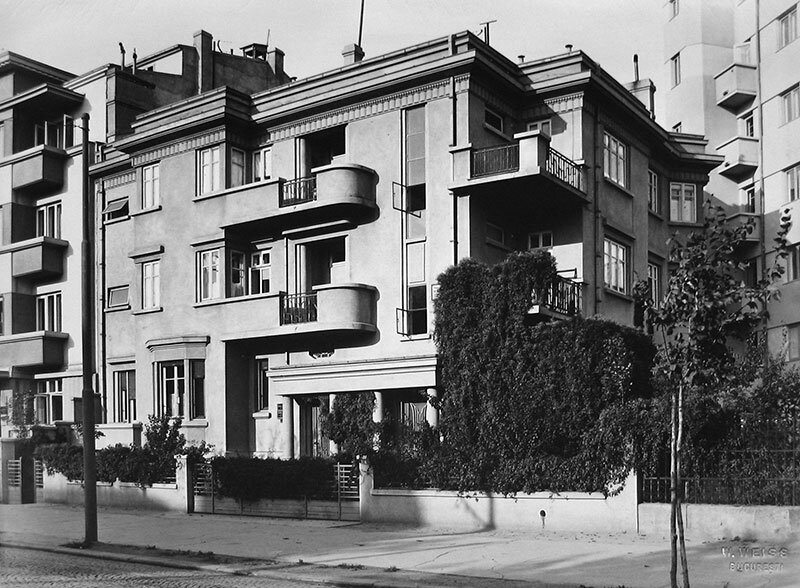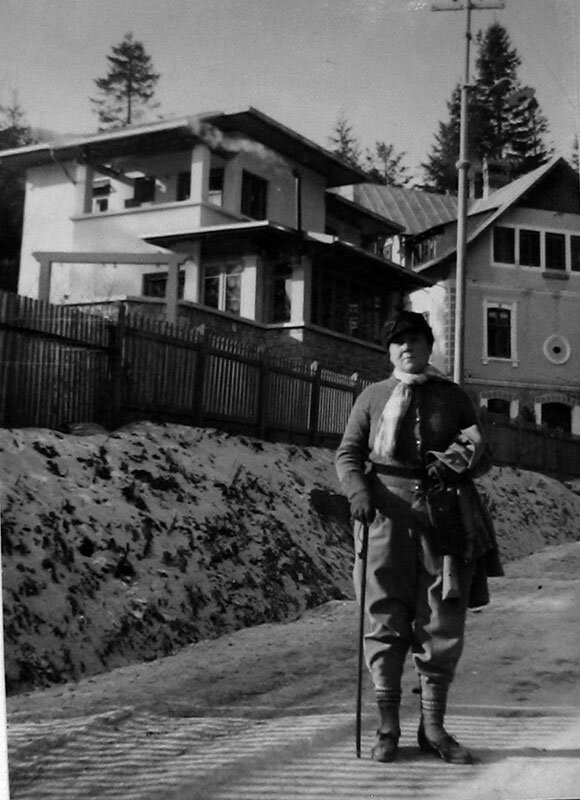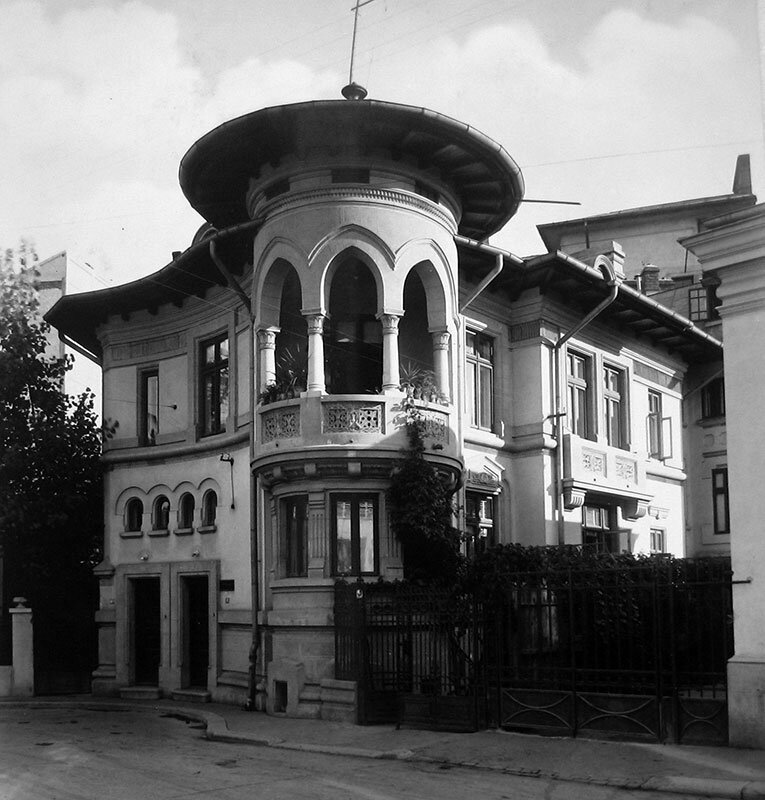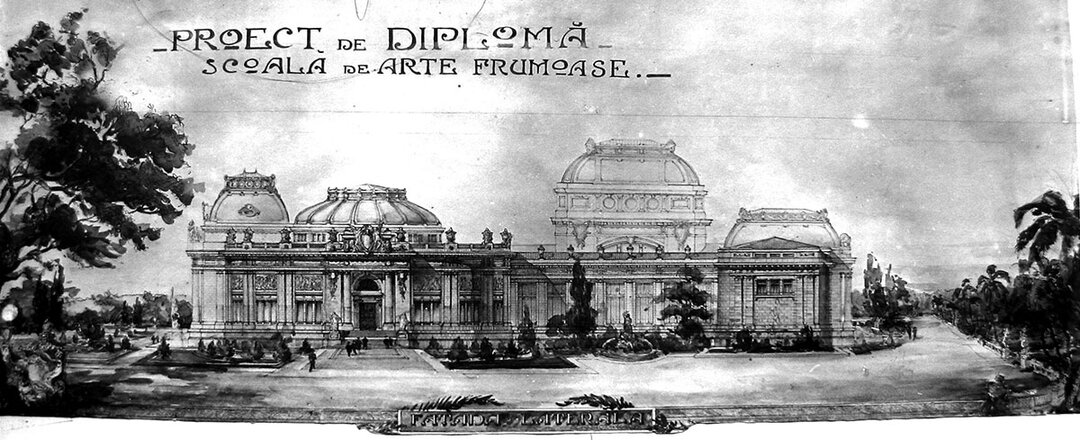
Virginia Haret. Who Has Something to Say about that?
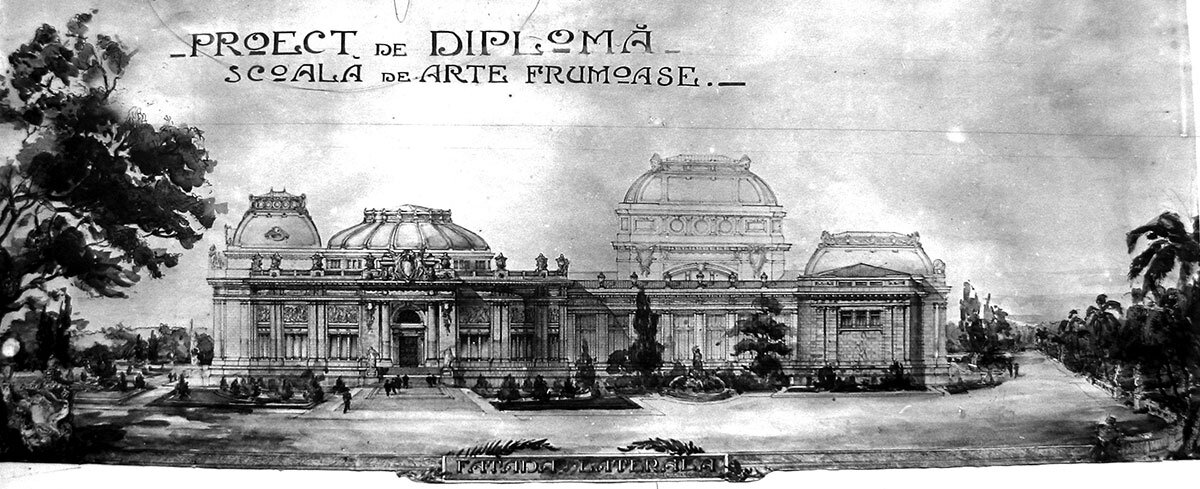
The presentation by the architect Henrietta Delavrancea-Gibory was given at the Communications Session of the Academy of the R.S.S.R. on May 5-7, 1976. The text written by Henrietta Delavrancea is preserved in manuscript at the Romanian Academy Library, Manuscripts Section, Radu Haret Archive.
And here we are before the first woman architect in the world, Virginia Andreescu, married Haret, who entered the art of building through the "big door" in 1919. The granddaughter of the painter Ioan Andreescu could just as well have dedicated herself to Painting or Sculpture, if she had not had in her that strong desire and broad aspirations that demanded more, the conquest of space, which gives the architect high satisfactions, unimagined by those outside the profession.
After graduating, Virginia spent two more years in Italy, working with renowned masters.
Back in the country, in 1922, she wanted to practice her profession with a firm conviction and made her debut at the School House, where she remained faithful to it for 25 years.
She takes over the projects in operation, then composes her own, which become the "model project" for the whole country, from the smallest schools to the most complex high schools. She is the right hand of chief architect I. Pompilian.
Her architecture is developed in the spirit of the times, along the path set out by architect Mincu, and after him by architect Petre Antonescu, closer to the character of our ancient monuments. Then he personally documents himself, collaborating with the Historical Monuments group, making a serious contribution with surveys, sketches and reconstructions. In particular, he becomes close to the architect Ghica-Budești and collaborates with him on the treatise on Romanian art in Muntenia and Oltenia and on the works of Moldavian architecture, which is reflected in the realization of the "Cantemir" Lyceum and others.
The games of life and the unexpected in the course of his professional life were to find in his collaboration with the engineer Spiru Haret, vice-president of the Edilitatea Society, a deep understanding and friendship which resulted in marriage and the birth of a son, Radu, today an engineer and professor. Her collaboration with her husband spilled over into her whole life, helping her to carry out her impulsive, multifaceted, almost unbelievable work. What has characterized Virginia has been her wisdom, from the very beginning of her career she has known how to associate herself with experienced and experienced colleagues. Thus, in her first year of activity, 1922, in Soc. Construcția Modernă a ridicat blocul Cantacuzino pe Calea Victoriei colț cu strada Frumoasă, pe terenul moștenitorilor Nababului, cu 6 caturi.
With the architect Pompilian, the Tinerimea Română block, even taller. Then, also with him, the building of the Municipal Society of Eftine Housing in Rosetti Square on the corner of Hristo Botev Street, 9 masts, in 1926, whose strong and imposing cornice was admired by her former teacher, the architect Constantin Iotzu. She also collaborated with Simotta, Doneaud and others. Her strong potential threw her into life with even more authority and confidence, and she built a whole series of single-family dwellings in the capital and in the provinces, clubs, various programs, where she sought to imprint the influences of ancestral architecture, personally studied "in situ" in the country. And, by winning public competitions, he builds a housing estate in Bucharest and other works for which he won first prizes.
New times are knocking. Virginia follows the revolution in architecture with discretion and restraint, and here she is designing the building at 14 Lascăr Catargiu Boulevard, with several apartments, their own home where they will live for 30 years. She knows how to remain tactfully within that artery. Its horizontals are weighted, its spaces quiet, releasing from them the pulsation of a welcoming, backward life. From now on what he conceives will be in the same spirit, and represents the new character of the architecture to which he is fixating. He does not fall into the inhuman expressions of Le Corbusier, like a Marcel Iancu, without mentioning others, so as not to compromise them, who later return to the old roots, the ones that some had never left.
Her activity is astonishing, for in addition to the 150 buildings she designed and executed, she was a contributor to architectural and engineering journals, a member of teaching councils, active in the two architectural societies and that of the Polytechnic, in urban planning, a teacher, in contact with architects in the USSR, appreciated and invited to go to Moscow, she did translations and much more... not to mention her study trips or delegations, during which she studied world architecture in the field.
The valuable Monograph of the National Theater remains from her complex work. The technique of the study is detailed, clear and organized, the documentation abundant in scripts, drawings and annotated photographs. The work must be given to the printers and slightly completed in the end by the architects eyewitnesses of the disaster, who are still alive today.
The electric potential of her work is exhausted after 40 years of feverish activity. Fate crushed her drive for beauty: "On a sunny spring day in 1962, Virginia Andreescu Haret died. Her talent and hard work remain an example of a life dedicated to art in the high profession of architecture".

